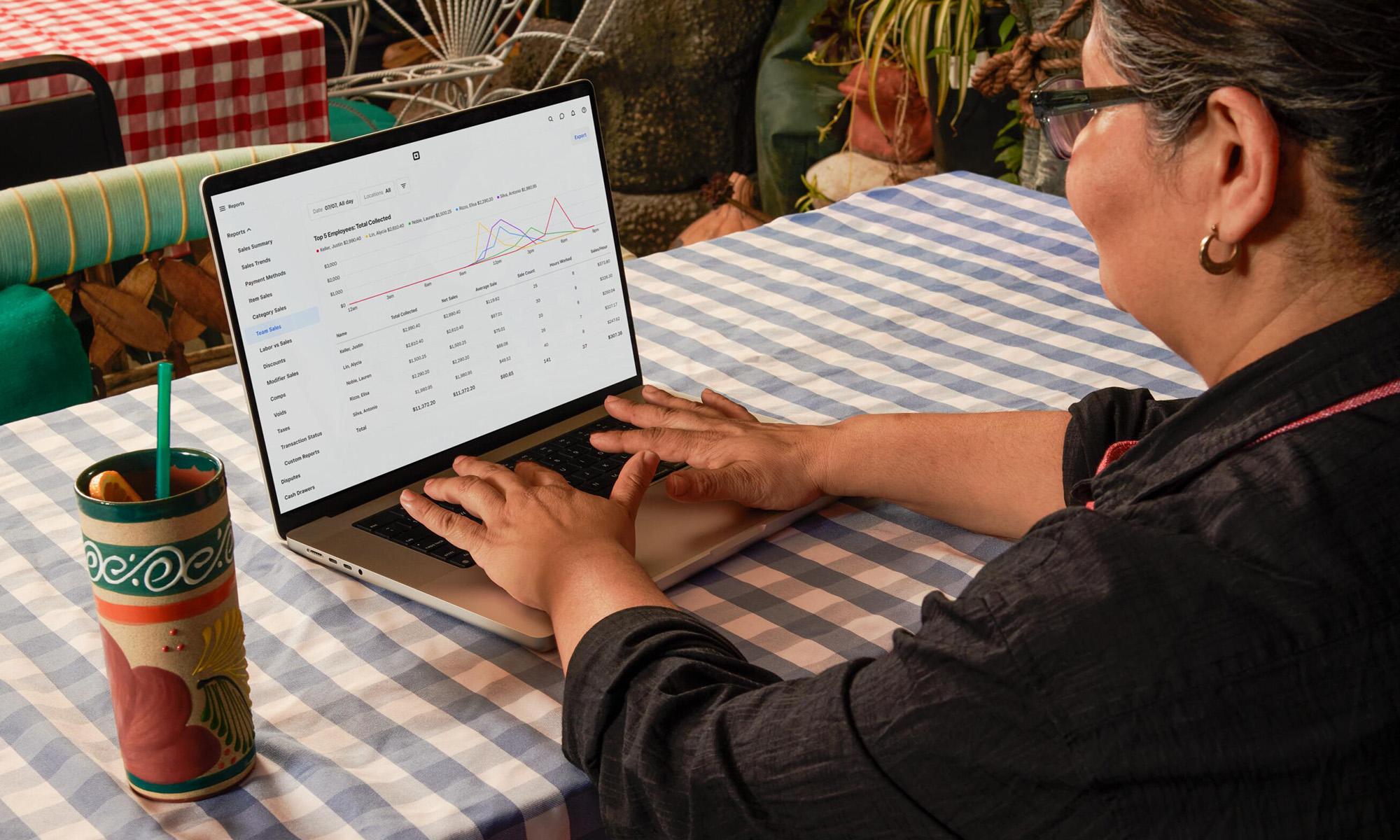Between near-daily economic data releases and the six-week period each quarter ("earnings season") where many of Wall Street's most-influential business reveal their operating results, keeping up on market-moving news events can be challenging. Once in a while, something of importance can fall through the cracks.
For example, the sheer abundance of Form 13F filings with the Securities and Exchange Commission might go unnoticed by investors. A 13F is a required filing no later than 45 calendar days following the end to a quarter for institutional investors with at least $100 million in assets under management. It provides a snapshot for investors of which stocks Wall Street's smartest fund managers are buying and selling.
While there's no substitute to quarterly earnings reports, knowing which stocks and trends Wall Street's leading asset managers are buying into or selling out of is equally valuable.

Image source: Getty Images.
Beyond Warren Buffett, Appaloosa's billionaire chief David Tepper tends to be one of the most-followed fund managers. Tepper's willingness to dive into popular growth stocks has resonated with investors during the current bull market.
However, Tepper's trading activity over the previous year (April 1, 2024–March 31, 2025) has been eyebrow-raising, to say the least. Based on 13Fs, he's been a persistent seller of two of Wall Street's most-popular artificial intelligence (AI) stocks, Nvidia (NVDA 0.46%) and Advanced Micro Devices (AMD 0.55%). At the same time, he's chosen to buy shares of a cutting-edge company whose total addressable market is estimated at $205 billion.
Tepper shows AI hardware stocks to the door
Over a 12-month period ended March 31, Tepper and his team completely exited 14 holdings and reduced Appaloosa's stake in 19 other positions. Among these moves, the two most noteworthy are:
- Nvidia: 4,120,000 shares sold, representing a 93% reduction (note: this accounts for Nvidia's 10-for-1 stock split in June 2024).
- Advanced Micro Devices: 1,630,000 shares sold, representing a complete exit from this position.

NASDAQ: NVDA
Key Data Points
On paper, everything would seem to be going great for these developers of graphics processing unit (GPUs). Nvidia's Hopper (H100) and Blackwell GPUs hold a majority of AI-accelerated data center market share, while AMD's Instinct series chips are ramping up and aiming to siphon away market share from Nvidia. For more than two years, businesses have been spending aggressively on AI-data center infrastructure to gain first-mover advantages over their peers.
Nvidia has been particularly adept at growing its sales and keeping customers loyal thanks to its CUDA software platform. CUDA is what developers use to maximize the computing potential of their Nvidia GPUs, as well as to train large language models.
However, David Tepper's selling activity in AI hardware stocks was likely undertaken with a purpose.
One possibility is that Tepper and his team were (pardon the pun) taking their chips off the table after a sizable run-up in the shares of both Nvidia and AMD. The average holding period for Appaloosa's securities is two years and five months, which suggests Tepper isn't shy about locking in gains when presented with the opportunity to do so. The concern is there may be more to this story than just profit-taking.

NASDAQ: AMD
Key Data Points
Arguably the biggest worry with the AI revolution is that it'll follow historical precedent. For more than three decades, every game-changing technology has worked its way through an early stage bubble that eventually burst. Put another way, investors have consistently overestimated how quickly a new technology would earn wide adoption and become useful. It takes time for next-big-thing innovations to mature, and artificial intelligence doesn't look as if it'll be the exception.
If an AI bubble were to form and burst, AI hardware stocks like Nvidia and AMD would undoubtedly feel the pinch.
Competitive pressures are also a concern (more so for Nvidia than AMD). Though most eyes tend to be on external competitors developing AI-GPUs, internal competition is possibly an even bigger story.
Many of Wall Street's most-influential companies are internally developing AI chips to use in their data centers. Even though this hardware can't compete with Nvidia and/or AMD on a compute basis, it'll be considerably cheaper and more readily available. In other words, it's a recipe for less AI-GPU scarcity, weaker pricing power, and lower gross margin for Nvidia and AMD.

Image source: Block.
This fintech goliath has Tepper's undivided attention
On the other end of the spectrum, Tepper added 10 new stocks to Appaloosa's nearly $8.4 billion investment portfolio over the last year (excluding options). Arguably one of the more attractive additions is that of fintech juggernaut Block (XYZ 0.69%).
During the early stages of the COVID-19 pandemic, Tepper's fund held in excess of 400,000 shares of Block. But by the end of the first quarter of 2021, every share had been sent to the chopping block. Following a four-year hiatus, Block stock is back in Appaloosa's investment portfolio, with Tepper adding 75,000 shares during the March-ended quarter.
Block has two distinct operating segments -- Square ecosystem and Cash App -- each of which brings a sizable addressable market to the table.
The Square ecosystem is Block's foundational operating division, with this segment sporting an estimated addressable market of $130 billion, based on a research note released in November 2024 by Piper Sandler analyst Arvind Ramnani.

NYSE: XYZ
Key Data Points
Square is the merchant-focused portion of Block's business that's designed to facilitate digital/mobile payments, as well as provide merchants with payment solutions and data analytics. During the fourth quarter of 2020, gross payment volume (GPV) totaled $29.4 billion for the Square ecosystem. But as of the second quarter of 2025, GPV topped $64.2 billion.
The rapid expansion in GPV on Square's payment networks is a function of sustained double-digit growth in international markets, as well as a higher percentage of GPV originating from larger businesses (those with $500,000 or more in annual GPV).
The other key puzzle piece for Block is its mobile payment service known as Cash App. Ramnani views Cash App as being a $75 billion addressable opportunity for Block. When combined with the Square ecosystem, Block is staring down an estimated $205 billion tailwind.
At the end of 2020, Cash App had 36 million monthly active customers. But as of the midpoint of 2025, there are now 57 million monthly transacting active users. Cash App is a higher margin opportunity for Block than the Square ecosystem, with gross profit per Cash App user often heavily outpacing the cost to acquire Cash App actives.
Though both of Block's operating segments are more than a decade old, they're arguably still early in their respective expansions. Even with competition picking up in the digital payments arena, Block appears well-positioned to capitalize on a sustained double-digit growth opportunity.






